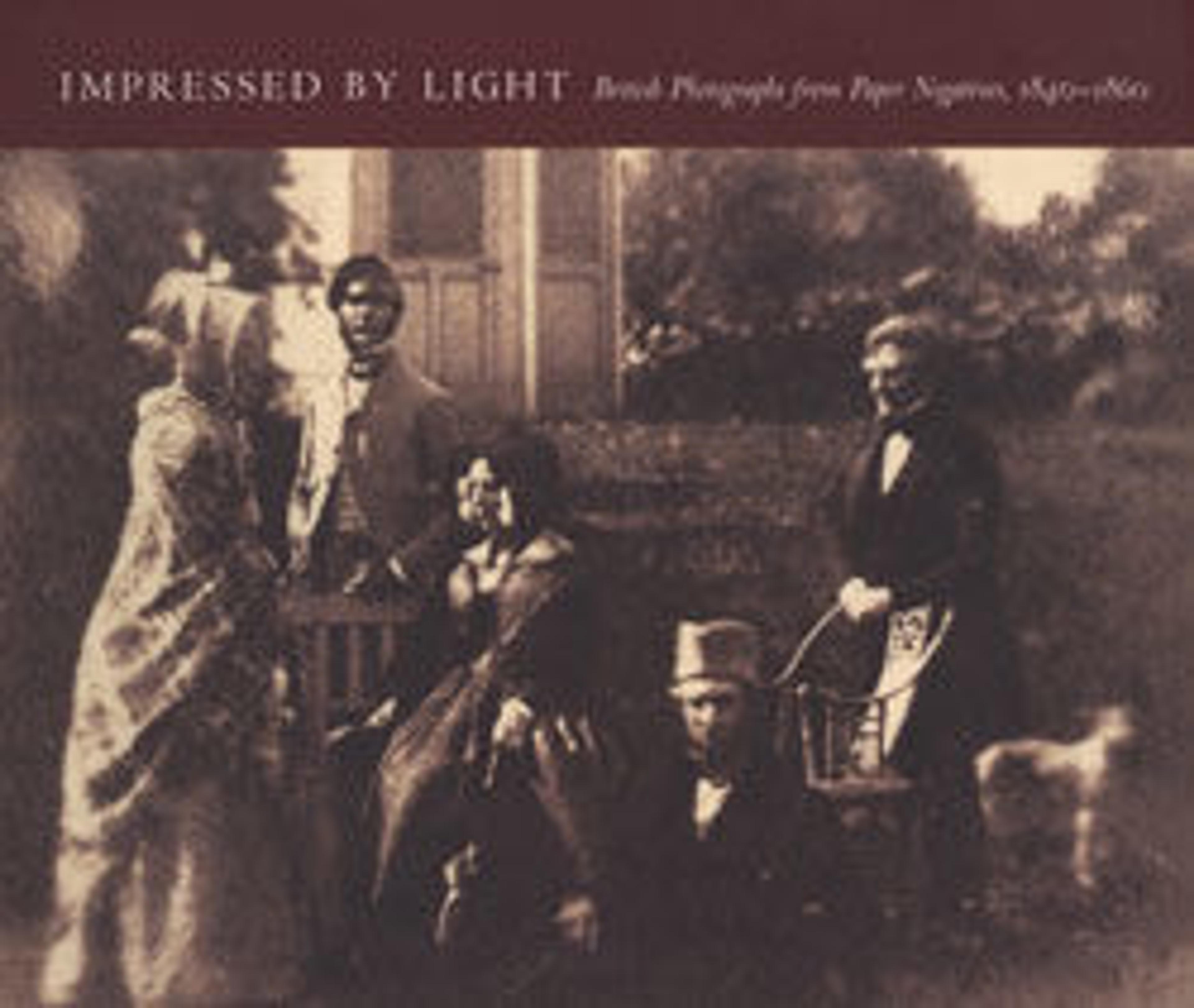Suttee Ghat, Cawnpore
This photograph memorializes the site of the most shocking event of the Indian Mutiny. Choosing the safety of civilians over honor in battle, a besieged English detachment at Cawnpore (Kanpur) surrendered to rebels on June 26, 1857, on the promise that they and the European families who had taken refuge in their barracks would be granted safe passage. Instead, soldiers and civilians alike were fired upon as they boarded boats at this very spot, and the two hundred women and children who survived were led back to Cawnpore, slaughtered, dismembered, and thrown down a well. These horrific events, in turn, led to gratuitously brutal acts of retribution by the British. In Murray's bleak, harshly backlit photograph, there is something ineffably sad about the two native figures whose solitude no longer conveys human scale but rather the physical and emotional distance that had come to separate the Indians and the British.
Artwork Details
- Title:Suttee Ghat, Cawnpore
- Artist:John Murray (British, Blackhouse, Aberdeenshire, Scotland 1809–1898 Sheringham, Norfolk county, England)
- Date:1858
- Medium:Albumen silver print from paper negative
- Dimensions:Image: 33 x 43.1 cm (13 x 16 15/16 in.)
Mount: 40.3 x 51.6 cm (15 7/8 x 20 5/16 in.) - Classification:Photographs
- Credit Line:Gilman Collection, Purchase, Cynthia Hazen Polsky Gift, 2005
- Object Number:2005.100.945
- Curatorial Department: Photographs
More Artwork
Research Resources
The Met provides unparalleled resources for research and welcomes an international community of students and scholars. The Met's Open Access API is where creators and researchers can connect to the The Met collection. Open Access data and public domain images are available for unrestricted commercial and noncommercial use without permission or fee.
To request images under copyright and other restrictions, please use this Image Request form.
Feedback
We continue to research and examine historical and cultural context for objects in The Met collection. If you have comments or questions about this object record, please contact us using the form below. The Museum looks forward to receiving your comments.
